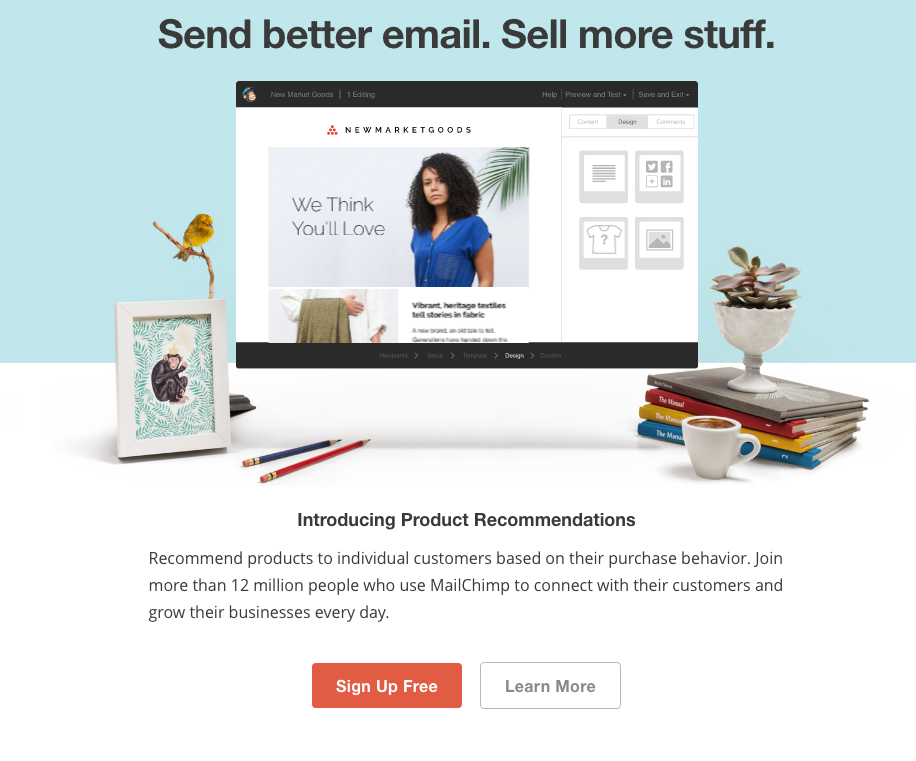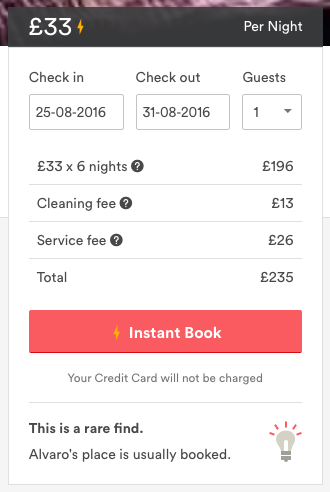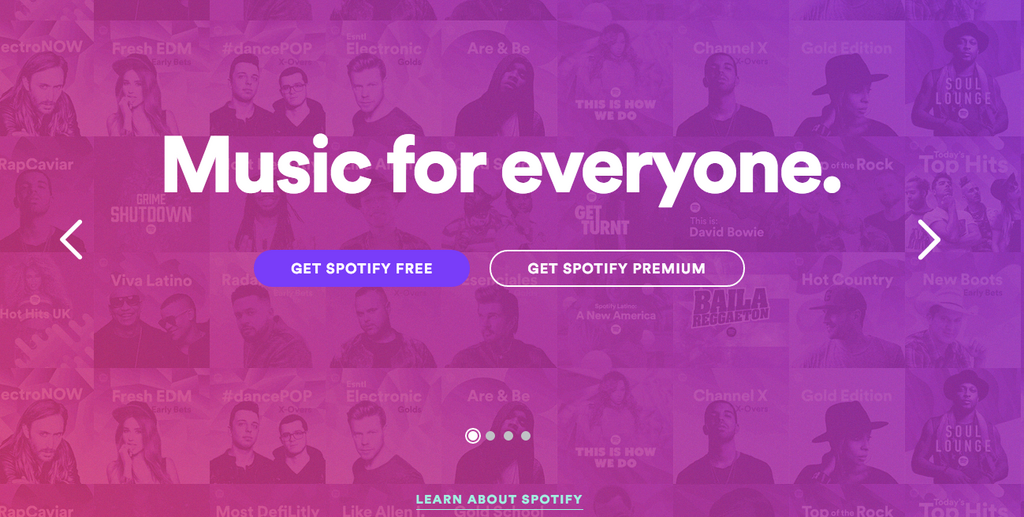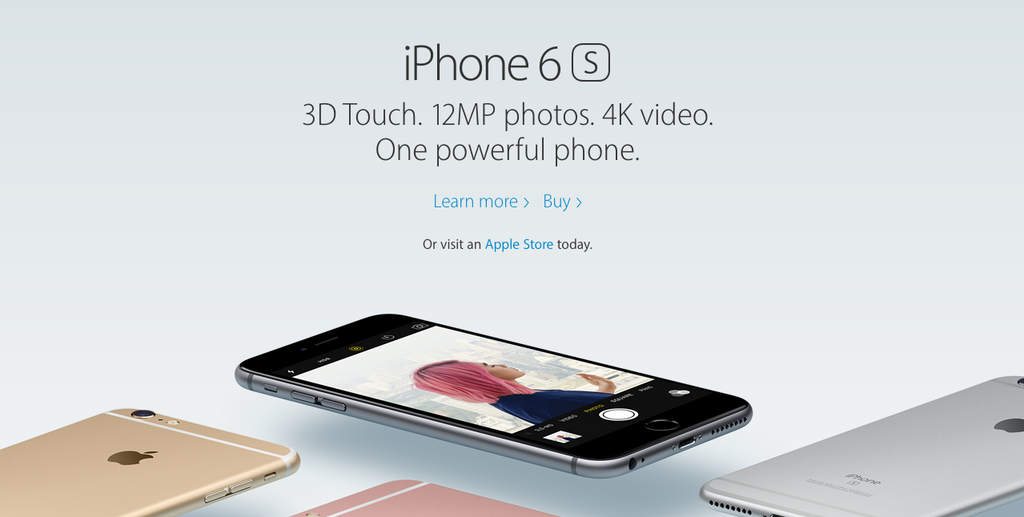20 Social Media Holidays to Celebrate This May
By Yasmin PierreApr 10
Unlock the secrets to staying ahead in the ever-evolving world of social media marketing.
Published July 29th 2016
Having people read your content is great. But however many readers you get, it won’t help your business if none of those readers go on to take any action.
You need your words to inspire people beyond reading. Whether you are writing a blog post or crafting a tweet, there will be a desired outcome.
When you really look at a web page with a call to action, a lot of web psychology is at play. Good salespeople have always employed psychological techniques, but on the web, you control the entire environment. That environment needs to be geared towards driving those conversions.
When visitors arrive at your website, they will literally (and most of the time, subconsciously) scan the page for cues as to what the website is about and how they should interact with it. By engineering this space in such a way that only some actions and resources are available, you can reduce the possible actions your user can take to encourage favorable outcomes.
A call to action is designed to inspire a desired outcome in your readers. It can take various forms, from text to an image to a button. The action that the user takes can be quite varied too, and will depend on the nature of your business. A user might be making a purchase, downloading software, subscribing to a newsletter, signing up for a free trial, or contacting sales.

The call to action could be at the top of the page, sprinkled throughout the content, or at the bottom of a page. A call to action can also be in any medium—videos, advertisements, blog posts, landing pages, and even social messages.
All of which is not very specific: it takes many forms, inspires many actions, can be anywhere in your content, and appear in any medium.
So here’s the best call to action definition I can give: an element on a web page that makes the visitor do something.
How do you encourage the user to act? There are a variety of techniques, all designed to subtly convince the person to convert.
If you have a page optimized for SEO, it is good practice to use the keywords you are targeting in the call to action.
This means that when the user enters their intent into the search engine, the same terms are repeated from search box to search results, and from the landing page copy to the call to action.
Similarly, words that were used in PPC adverts can be repeated landing page copy and call to actions for the same effect. Words that were used in a tweet or social media post can be repeated in the same way.
The psychological effects of ‘priming’ happen outside our conscious mind, but can have a powerful effect. The principle involves increasing someone’s sensitivity to a particular stimulus through previous exposure. With the phrase repeated several times on the journey, by the time the user reaches the call to action they are primed to click on it already.

You want to encourage people to take the action, but at the same time, you don’t want to be too pushy or salesy. The same rules apply to content marketing: you need to know your audience. You need to have empathy for your reader. Make it enticing and useful, rather than beating them into submission.
At the same time, creating a vague, soft call to action is unlikely to get anyone to convert. It’s about creating the right balance so that a user doesn’t feel like they are being strong-armed into an action, but being persuasive enough to make sure they do take that action.
A call to action needs to stand out from the page to be effective. Some people subscribe to the idea that a specific color is better than another, saying red (for example) will always work better.
The reality depends more on what your website looks like. The important point is to make the call to action stand out. This is an area that you can easily test, rather than relying on a study that claims one is always better than another.

As you are controlling the entire environment, small changes can make the difference between some people converting and others not. This is where A/B testing comes in.
A/B testing is a method of comparing two or more versions of a web page, app, or call to action. Visitors to your site are shown one of the variants so that half of your traffic sees the new design. After the test period has expired, a statistical analysis of the data will determine which is more effective.
By testing and tweaking in this way, you can determine the most effective call to actions and increase your conversion rate.
A history of trial and error, web psychology and testing has meant that there is now a fairly established list of qualities that are common in the best call to actions.
 You will find the majority of call to actions that you see across the web include most of the following principles:
You will find the majority of call to actions that you see across the web include most of the following principles:
Despite a wide variety of text on call to actions, it is rare that you find a call to action that will not fall into one of the following four categories. Each one appeals to different psychological tricks to boost their persuasiveness.
Fear of Missing Out is a powerful motivator. It plays on the fear that others are getting something that you are missing out on. This can also take the form of encouraging the user to respond NOW.
By adding a trial or a discount deal you remove some of the objections a user may have. This reduces the perceived risk to the user. Hopefully they’ll think ‘there’s no harm in trying it’.

Some emphasize what a good time you’ll be having once you’ve purchased/signed up. You can just imagine yourself having a much better and easier life once you’ve clicked that button.
A simple, factual approach. While these CTAs don’t use the same tricks as above, they will be relying on earlier persuasion. You will also often notice these type of CTAs on more established brands. In these cases other motivators, such as conformity, will already be at play.

By using these techniques and A/B testing your results, you can monitor your conversion rates to discover the best and continually improve. Now watch out, here comes the call to action…
Offering up analysis and data on everything from the events of the day to the latest consumer trends. Subscribe to keep your finger on the world’s pulse.
Existing customer?Log in to access your existing Falcon products and data via the login menu on the top right of the page.New customer?You'll find the former Falcon products under 'Social Media Management' if you go to 'Our Suite' in the navigation.
Brandwatch acquired Paladin in March 2022. It's now called Influence, which is part of Brandwatch's Social Media Management solution.Want to access your Paladin account?Use the login menu at the top right corner.